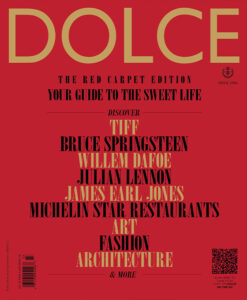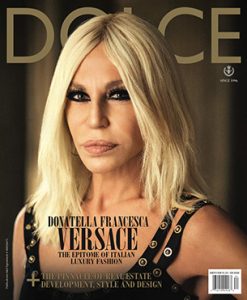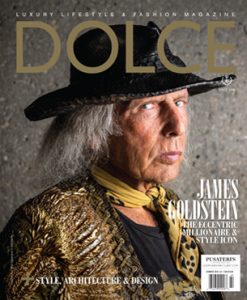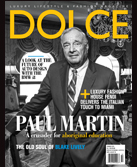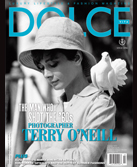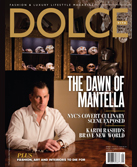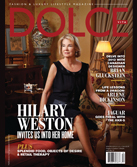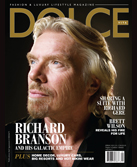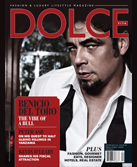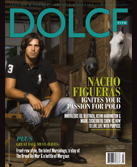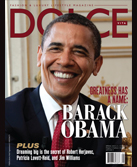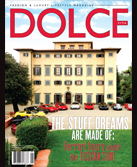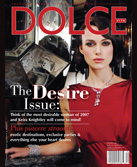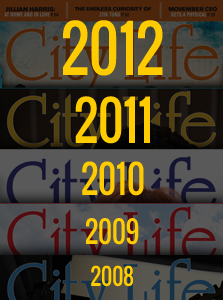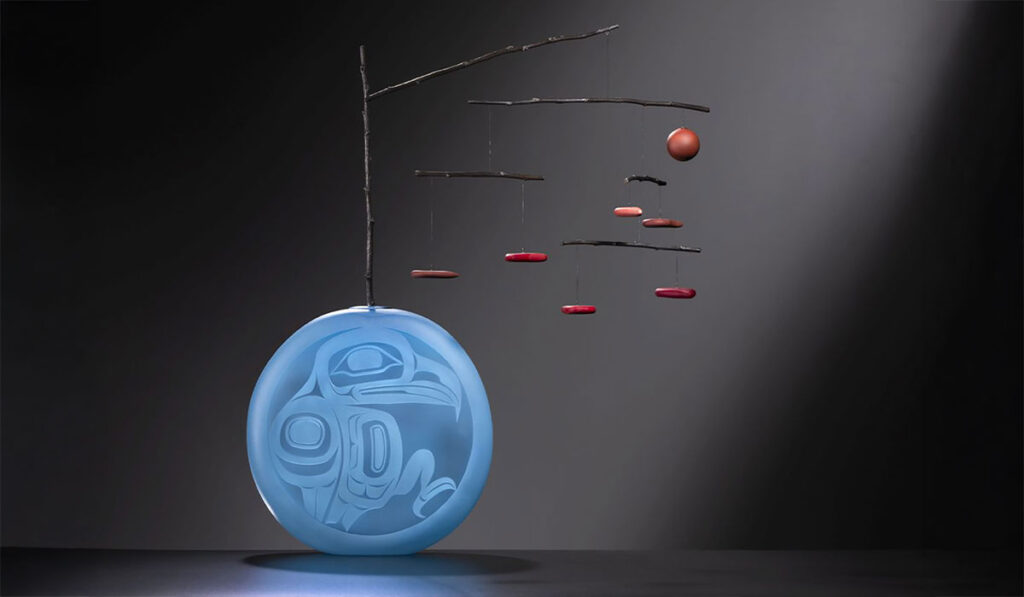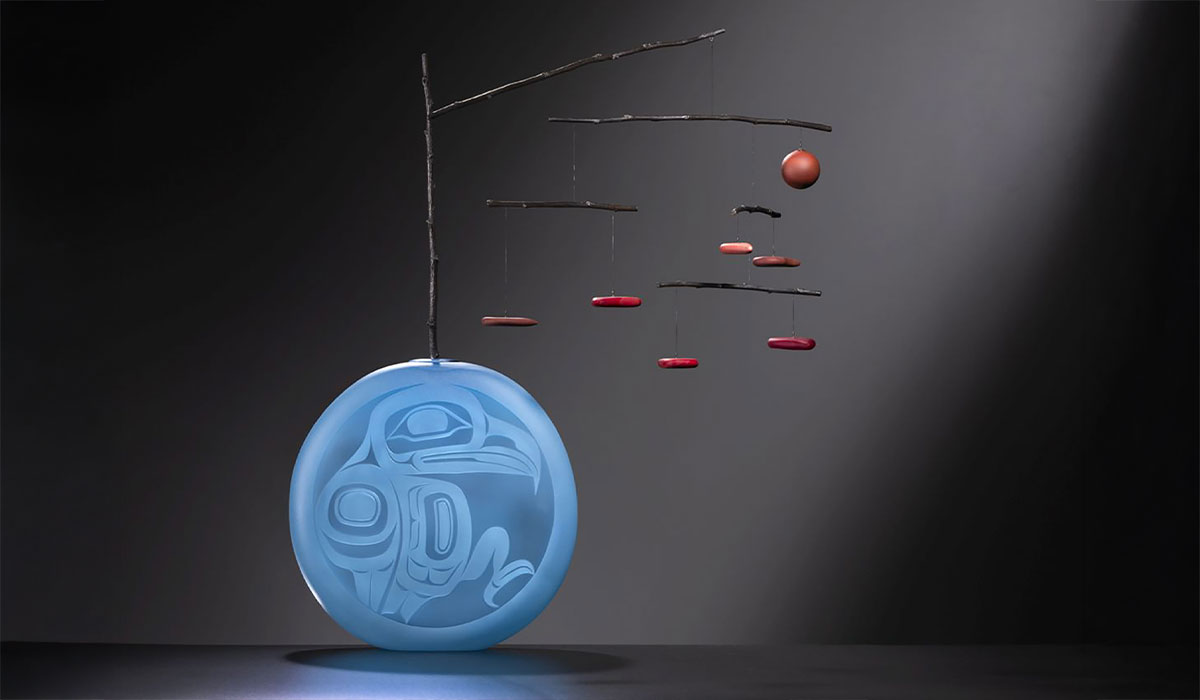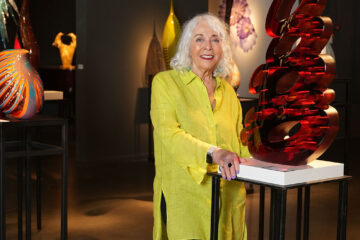Sandra Ainsley Gallery: Preston Singletary
Sandra Ainsley highlights one of her most successful artists, whose creative inspiration runs deep.
Q: Is glass a typical material for a Native artist to work with?
A: When Preston Singletary began working with glass in 1982, he had no idea that he would become so connected to the material in the way that he is. It was only when he began to experiment with designs from his Tlingit cultural heritage that his work began to take on a new purpose and direction.
Over time, his skill with both glass and traditional form-line design has strengthened and evolved, allowing him to explore more fully his relationship to both his culture and his chosen medium. This evolution — and subsequent commercial success — has positioned him as an influential figure in contemporary Indigenous art.
Through teaching and collaborating with other Native American, Māori, Hawaiian, and Australian Aboriginal artists, Singletary has come to see that glass brings another dimension to Indigenous art. The artistic perspective of Indigenous peoples reflects a unique and vital visual language that is connected to the ancient codes and symbols of the land, and this interaction has informed and inspired Singletary’s work.
His work with glass challenges the notion that Native artists are only “authentic” when working with traditional materials. It advocates on behalf of Indigenous people, affirming that they are still here, declaring who they are through their art and maintaining a connection to their cultures.
Singletary’s work continues to evolve and connect his personal cultural perspective to current modern art movements, and he has received much attention for striving to keep his work fresh and relevant. He is honoured that his success has inspired other artists from underrepresented Indigenous cultures to explore glass and other nontraditional materials in their work. He hopes that he can continue to encourage more innovation in this area as his career progresses.
Q: Tell me about the objects. Is there a meaning to the carvings?
A: Singletary’s art has become synonymous with the relationship between European glassblowing traditions and Northwest Native art. His artworks feature themes of transformation, animal spirits and shamanism through elegant blown-glass forms and mystical sand-carved Tlingit designs.
Q: Are there other Native artists working in glass?
A: Yes. Singletary was the first Native American artist to use glass as a primary material. By doing so, he has become a mentor to a younger generation of Native American and Indigenous artists. Many of the traditional materials that Native American and Indigenous artists have worked with in the past are becoming scarcer, and Singletary feels that the future will lie in new materials such as glass. He has travelled the world, collaborating with and teaching Native American and Indigenous artists about the virtues of the material.
INTERVIEW BY MICHELLE ZERILLO-SOSA




